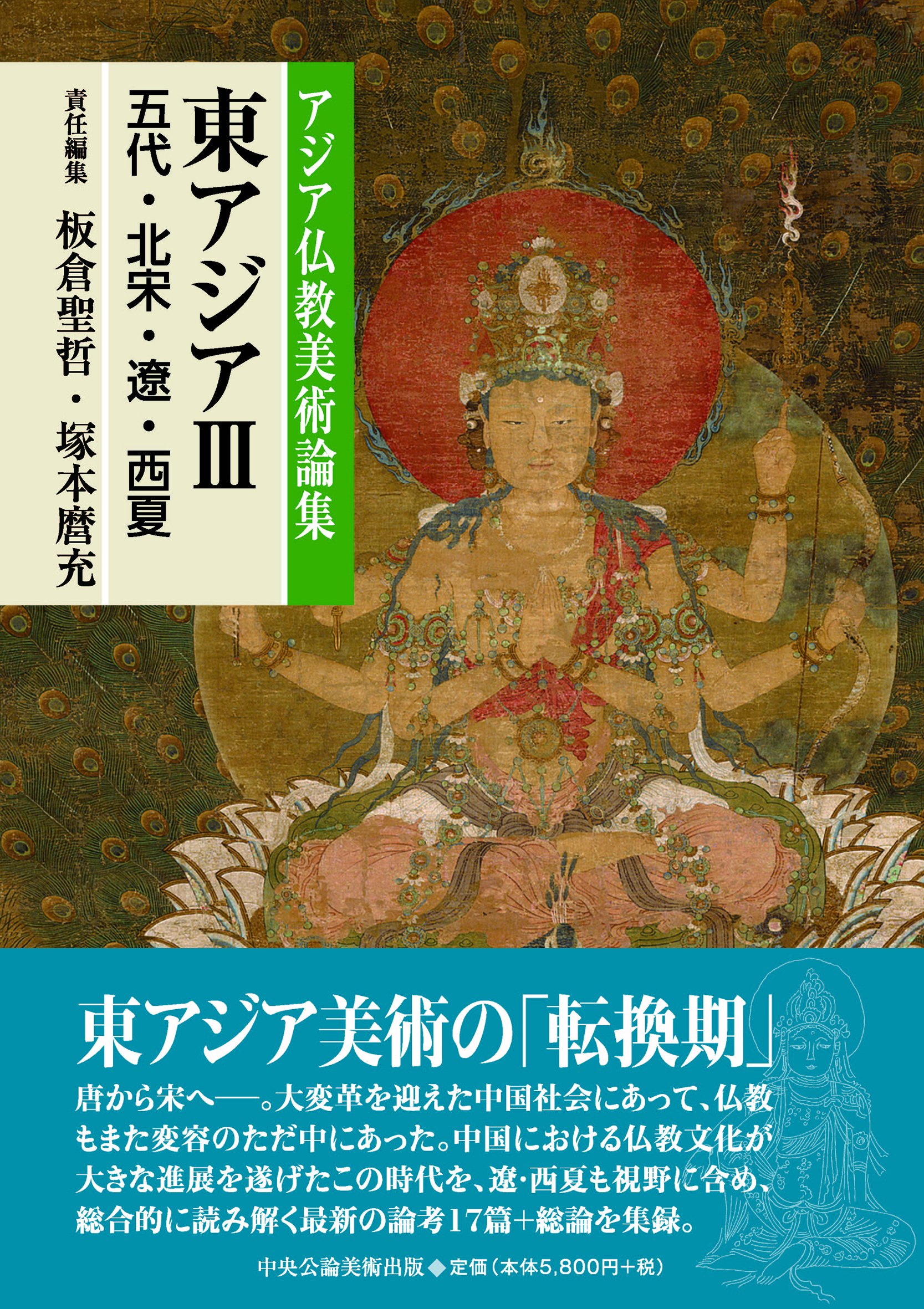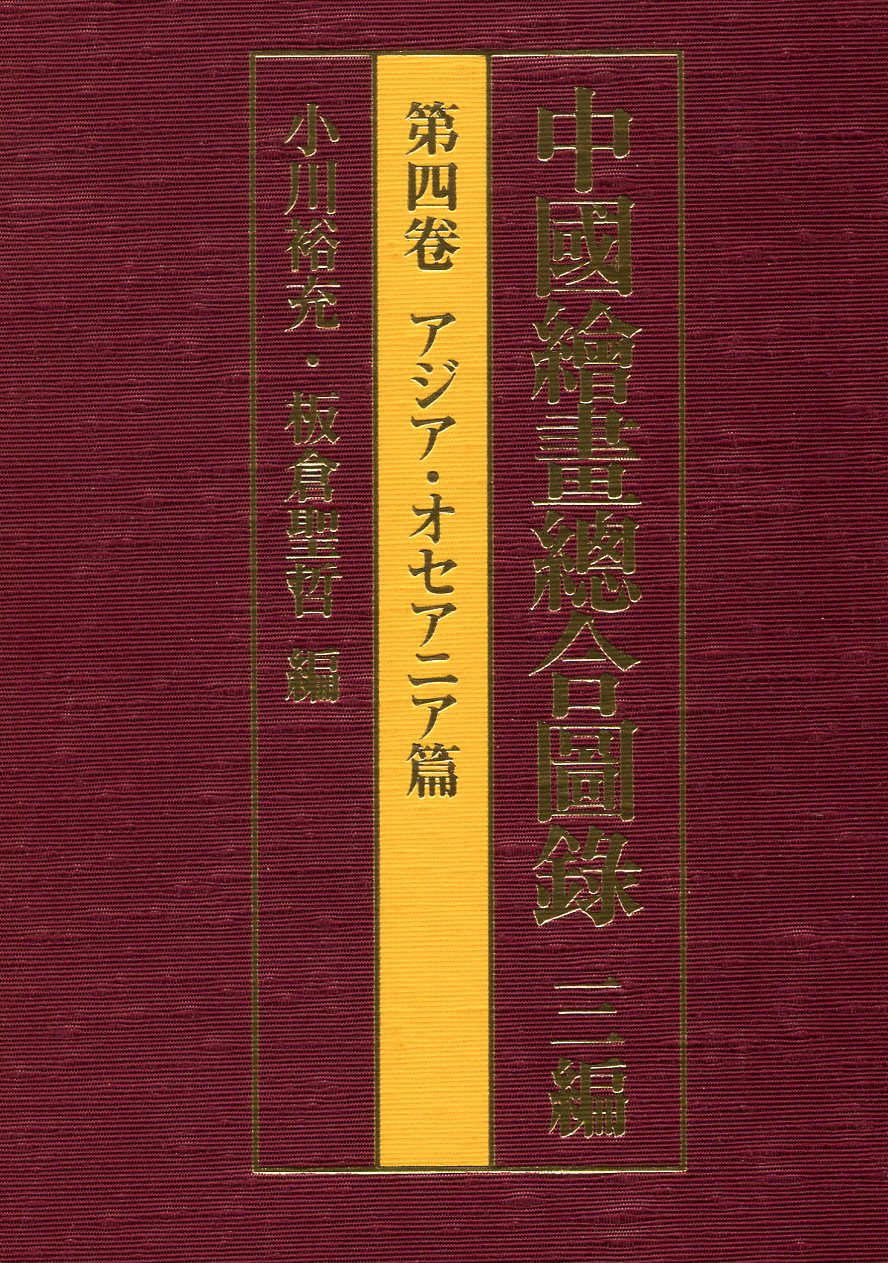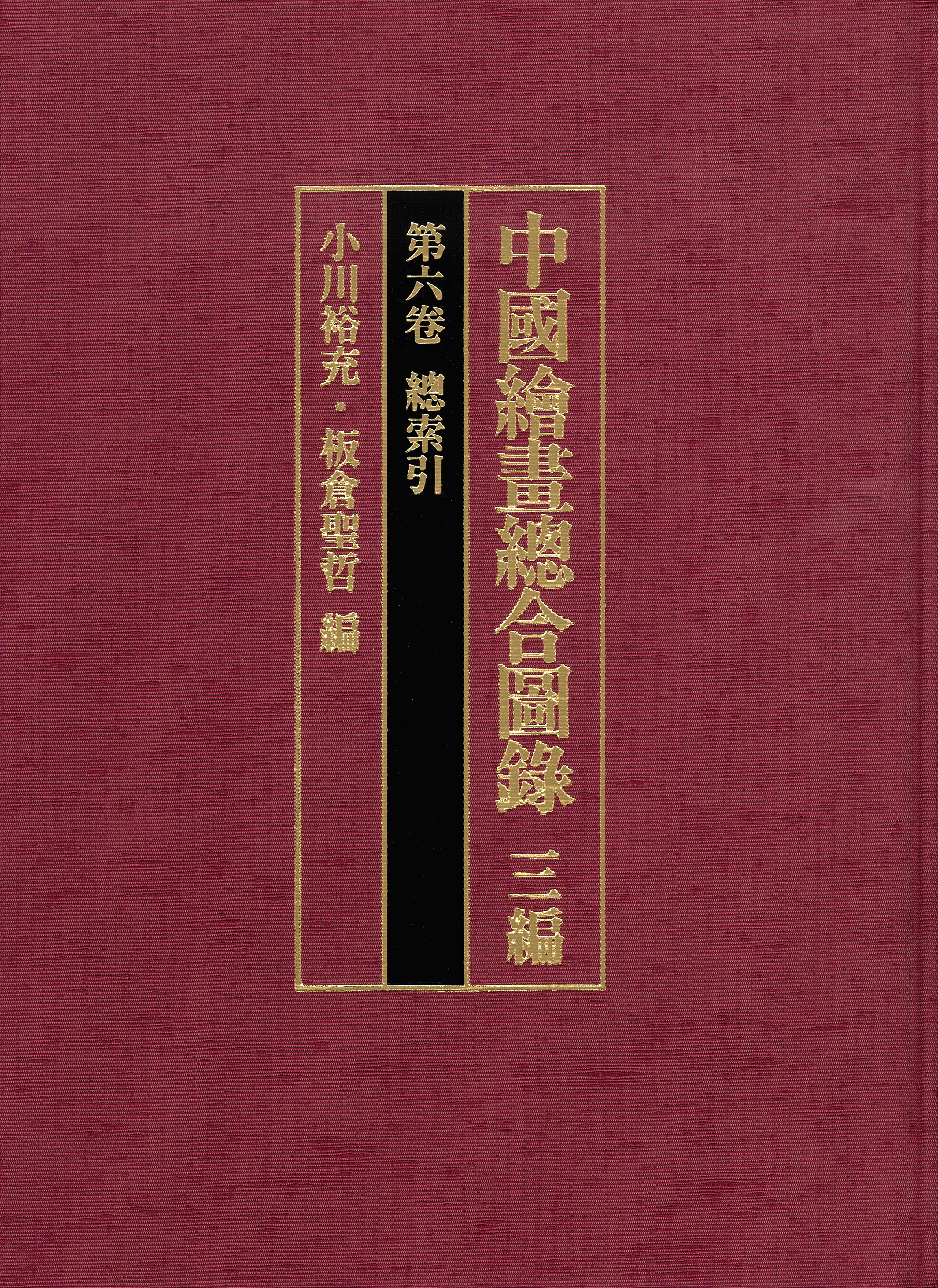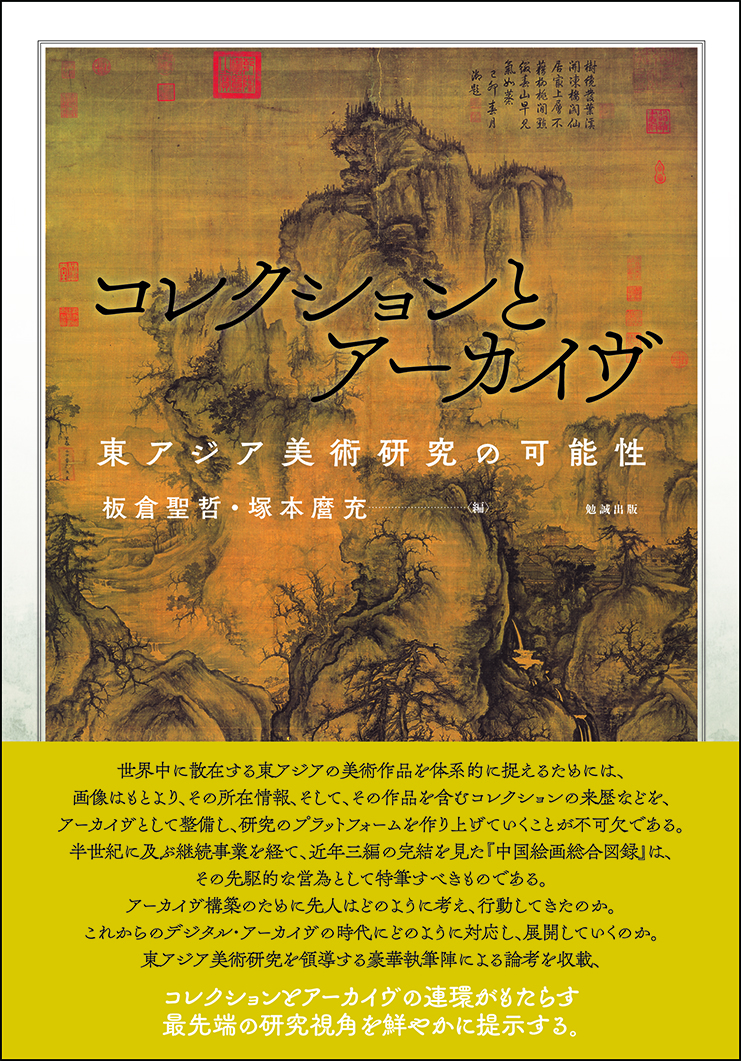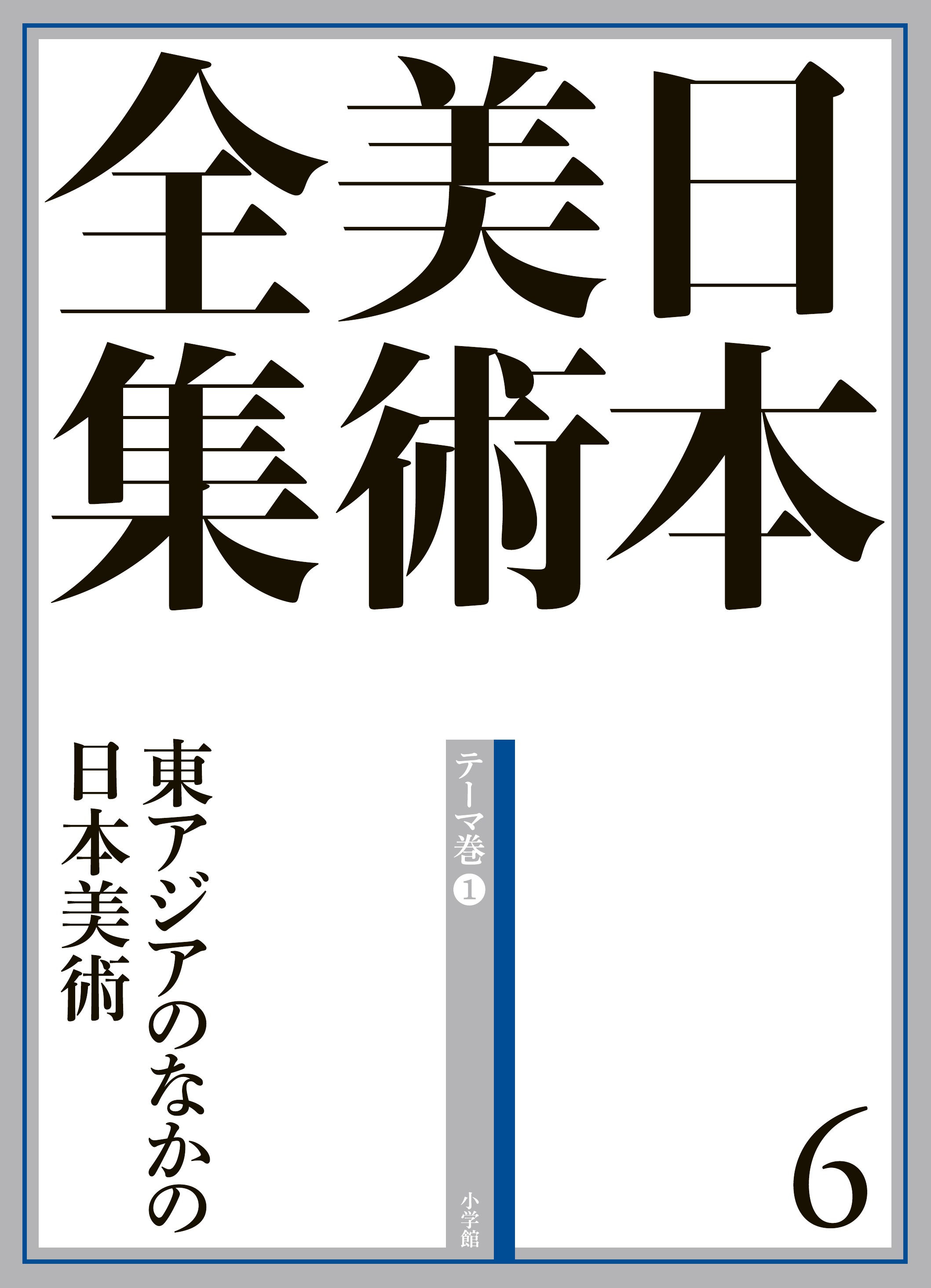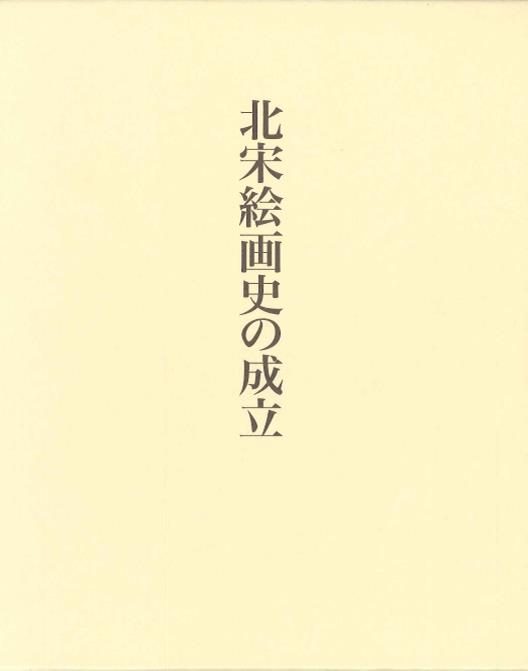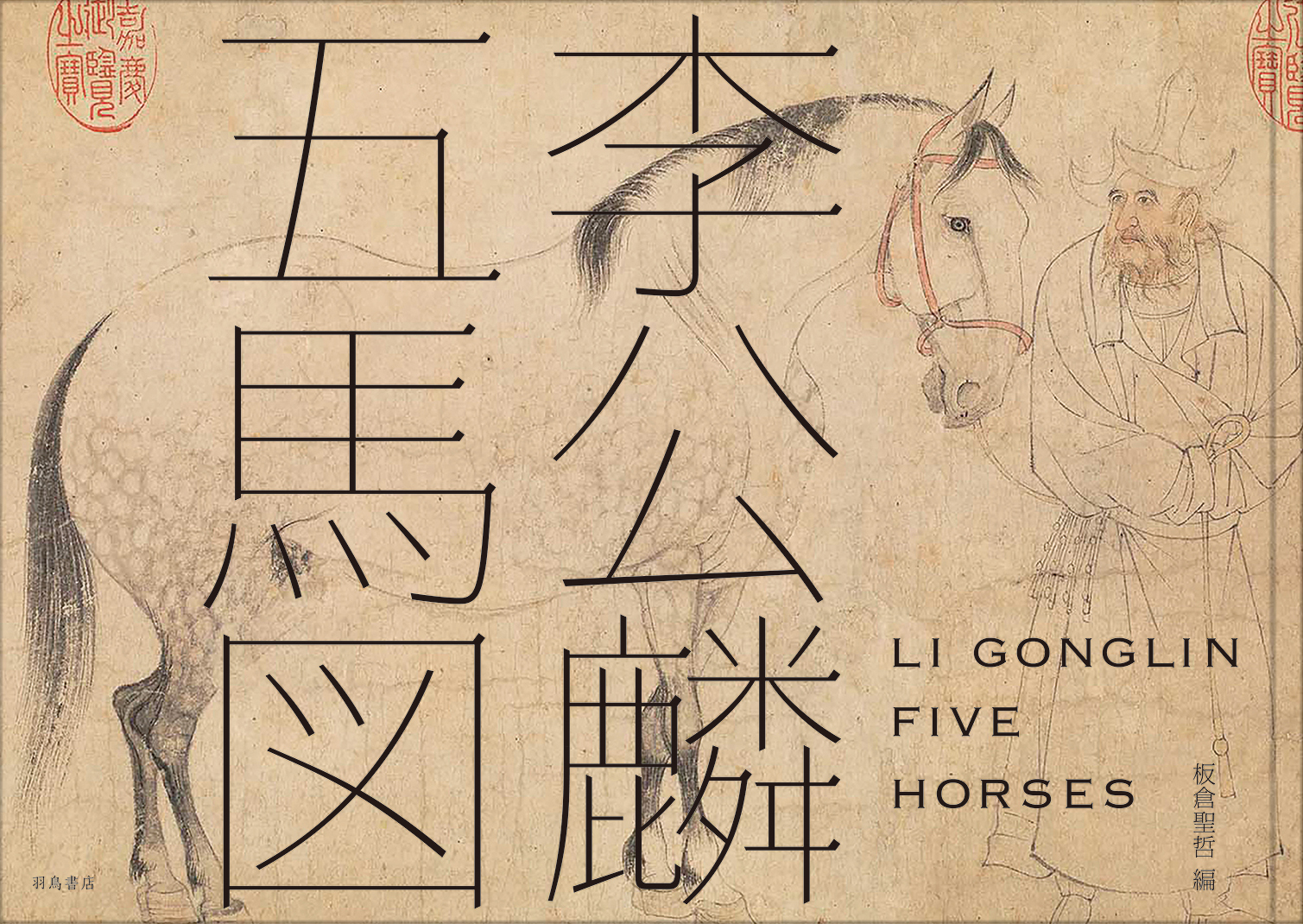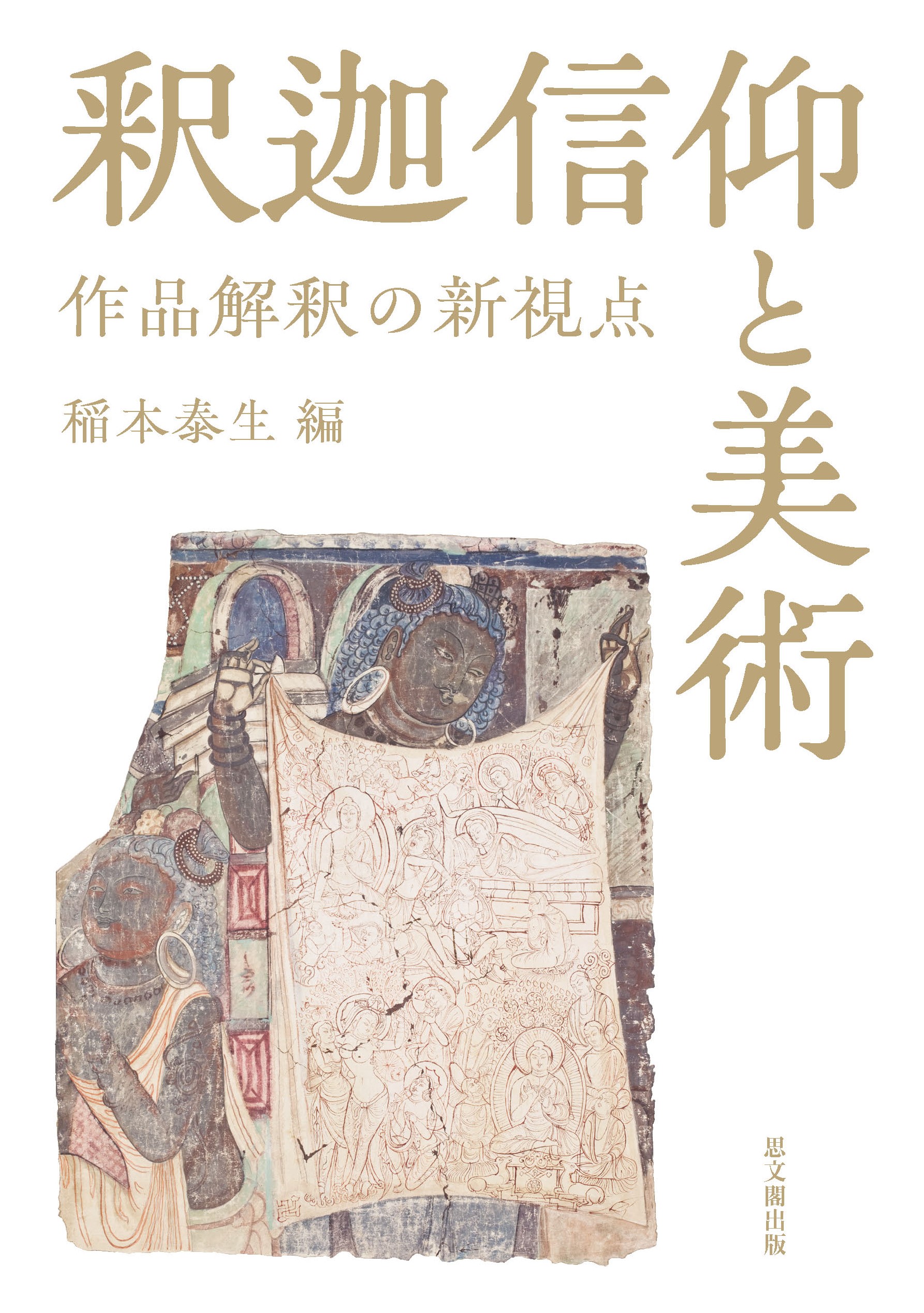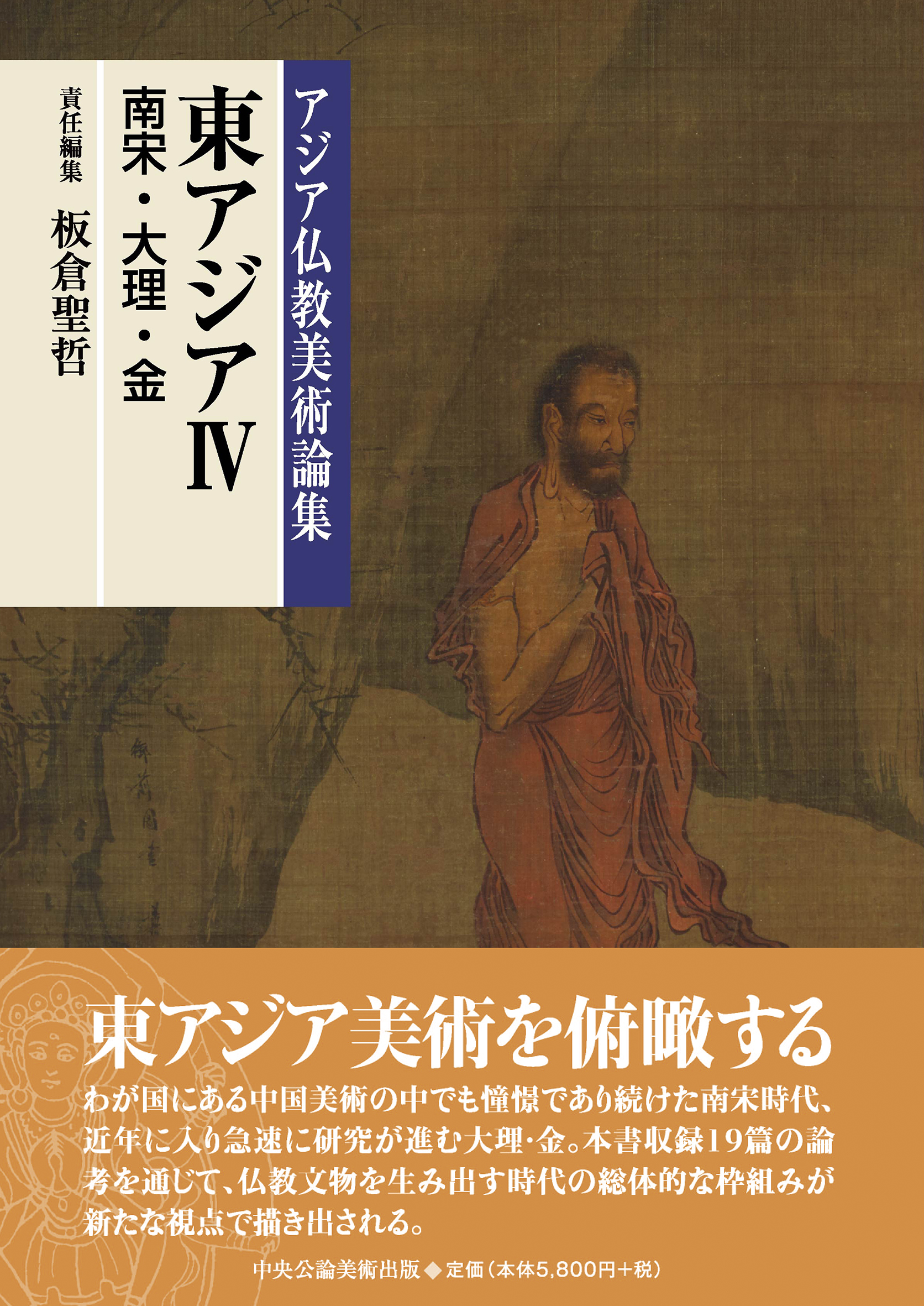
Title
Essays on Asian Buddhist Art Higashi Asia IV (East Asia 4: Southern Song, Dali, and Jin)
Size
686 pages, A5 format, hardcover
Language
Japanese
Released
December, 2020
ISBN
978-4-8055-1133-6
Published by
Chuokouronbijyutsu
Book Info
See Book Availability at Library
Japanese Page
In China, it is common practice in the field of Chinese art history to not separate the Northern Song and Southern Song and to treat them together as the Song period. But in Japan the culture and institutions of the Southern Song have been highly prized as objects of admiration since the medieval period, and there is a considerable difference between the image of the Northern Song and that of the Southern Song. Japan is a treasure trove of valuable Buddhist art that was not preserved in China, such as that of the Zen (Chan) sects, and it could be said that in Japanese research on art history great importance has been placed on the Southern Song period. Taking this accumulated research into account, and because it is a series of essays on Buddhist art published in Japan, in this series Essays on Asian Buddhist Art it was decided to have separate volumes on the Northern Song and the Southern Song.
In historical research in recent years, changes from the Northern Song to the Southern Song have been attracting attention, and it is considered that because in the Southern Song period scholar-officials changed direction from the centralization of the Northern Song period to localism, cultural endeavours developed in various provincial cities. In the case of Buddhist art, too, works produced in the capital Lin’an (Hangzhou) as well as in the trading ports of Minzhou (Ningbo) and Quanzhou (Fujian) and the inland military base of Shu (Sichuan) have been ascertained, and in the section on the Southern Song in this volume art works are examined by region. In the past, art works of the Southern Song had been primarily Buddhist paintings and sculptures preserved in Japan, but this has changed considerably in recent years. For example, research on caves had until now been centred on caves of the Tang period and earlier, but now many works from caves of the Song period have begun to be introduced. For this reason, a new conceptual framework has become necessary, combining these unearthed works with works transmitted in Japan, and in this volume an attempt has been made to present such a framework.
In addition, Buddhist beliefs also flourished in the Jurchen Jin dynasty, which ruled the northern half of China during this period, and the kingdom of Dali, which ruled the area centred on Yunnan for more than three hundred years from the Tang to Yuan periods, and there have survived noteworthy works of Buddhist art dating from the twelfth century. This volume provides an overview of Buddhist beliefs in the Jin dynasty and the kingdom of Dali and the nature of the Buddhist art produced in both regions, thereby making it possible to compare them during the same period.
In research on Buddhist art, research on the Southern Song period has not been thriving to any great extent apart from research on works preserved in Japan, and there were even fewer opportunities to discuss it in relative terms together with the neighbouring Jin dynasty and kingdom of Dali. Taking the very latest state of research into account, this volume discusses the Buddhist art of this period as a whole, and it has, I believe, become possible to gain a glimpse of an overall picture that had until now not been visible. The perspective presented here is also extremely important for considering the Buddhist art of medieval Japan, and it will contribute greatly to research on the history of Buddhist art in Japan.
(Written by ITAKURA Masaaki, Professor, Institute for Advanced Studies on Asia / 2022)
Related Info
Essays on Asian Buddhist Art, East Asia
http://www.chukobi.co.jp/products/list.php?category_id=24



 Find a book
Find a book


